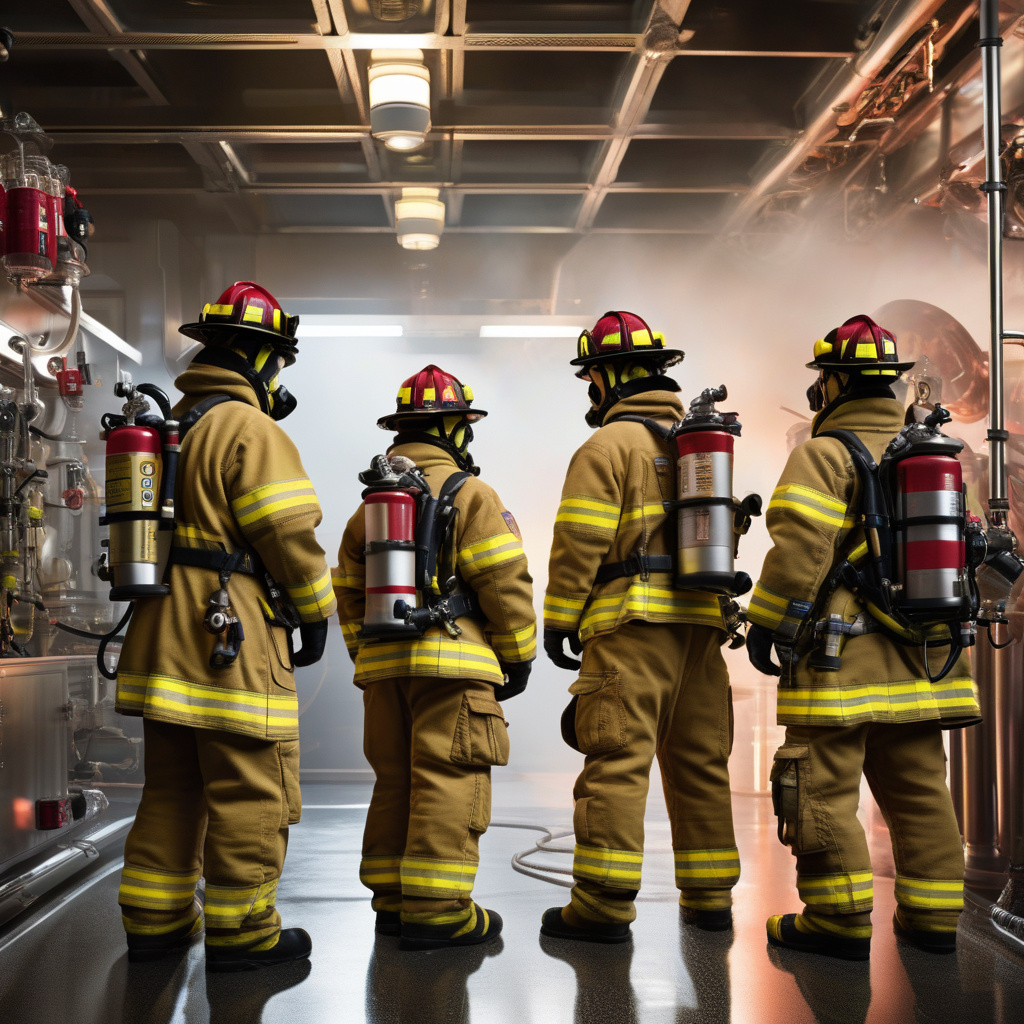Research Uncovers Genetic Impact of PFAS Exposure in Firefighters
A recent study has shed light on the genetic consequences of PFAS (per- and polyfluoroalkyl substances) exposure in firefighters, revealing potential gene regulation changes that could heighten the risk of cancer and other severe illnesses. The research suggests a pressing need for further investigation and awareness in the firefighting community to mitigate these health risks.
PFAS chemicals are commonly found in firefighting foam, gear, and equipment due to their heat and water-resistant properties. While these substances have been instrumental in combating fires effectively, their adverse health effects have increasingly come under scrutiny in recent years. Firefighters, who are consistently exposed to PFAS through their work environments, face a higher risk of developing various health issues as a result.
The study, which was published in a recent article on Innovation News Network, highlights how PFAS exposure can lead to changes in gene regulation among firefighters. These alterations in gene expression have been associated with an elevated susceptibility to cancer, hormonal disruptions, and immune system disorders. By understanding the genetic impact of PFAS exposure, researchers and healthcare professionals can better comprehend the mechanisms underlying the development of these illnesses.
One of the key findings of the research is the potential for PFAS chemicals to interfere with the body’s natural gene regulation processes. By disrupting the expression of certain genes, these substances can trigger cascading effects that compromise cellular functions and increase the likelihood of disease occurrence. In the case of firefighters, whose exposure to PFAS is recurrent and prolonged, the cumulative genetic impact poses a significant health concern.
Moreover, the study underscores the importance of implementing preventive measures to reduce PFAS exposure in firefighting settings. From using alternative firefighting foam formulations to adopting stringent decontamination procedures, there are various strategies that can help minimize the health risks associated with PFAS chemicals. By prioritizing the safety and well-being of firefighters, organizations and regulatory bodies can contribute to safeguarding the health of those on the front lines.
In light of these findings, it is crucial for policymakers, firefighting agencies, and health professionals to collaborate on developing comprehensive guidelines and protocols for managing PFAS exposure. By raising awareness about the genetic implications of PFAS exposure and promoting proactive measures to address this issue, the firefighting community can work towards creating safer and healthier environments for all individuals involved.
As research continues to unveil the genetic impact of PFAS exposure in firefighters, it is imperative that concerted efforts are made to protect the well-being of these essential workers. By prioritizing health and safety measures, we can strive towards a future where the risks associated with PFAS chemicals are minimized, and the resilience of our firefighting personnel is upheld.
#PFAS, #Firefighters, #GeneticImpact, #HealthRisks, #ResearchInsights












